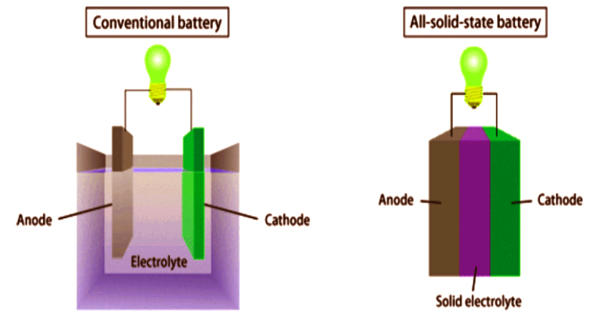Geothermal power is electrical energy produced by geothermal energy. It is a renewable energy source derived from heat stored beneath the Earth’s surface. Dry steam power stations, flash steam power stations, and binary cycle power stations are among the technologies in use. Geothermal electricity generation is now used in 26 countries, and geothermal heating is used in 70. It generates electricity or provides direct heating by harnessing the natural heat of the Earth’s interior. Because it emits fewer emissions than fossil fuels, this energy source is considered sustainable and environmentally friendly.
As of 2019, the global geothermal power capacity stands at 15.4 gigatonnes (GW), with the United States accounting for 23.9 percent, or 3.68 GW. Over the three years to 2015, international markets grew at a 5% annual rate, and global geothermal power capacity is expected to reach 14.5-17.6 GW by 2020.
Based on publicly disclosed geologic knowledge and technology, the Geothermal Energy Association (GEA) estimates that only 6.9 percent of total global potential has been tapped thus far, whereas the IPCC estimated geothermal power potential to be in the range of 35 GW to 2 TW.
El Salvador, Kenya, the Philippines, Iceland, New Zealand, and Costa Rica are among the countries that generate more than 15% of their electricity from geothermal sources. Indonesia has the world’s largest geothermal energy resource potential, estimated at 29 GW; its installed capacity was 1.8 GW in 2017.
Because the heat extraction is small in comparison to the Earth’s heat content, geothermal power is considered a sustainable, renewable source of energy. Geothermal electric stations emit 45 grams of carbon dioxide per kilowatt-hour of electricity, which is less than 5% of that of conventional coal-fired plants.
Advantages of geothermal power include:
- Renewability: It is essentially limitless on human timescales since it relies on the Earth’s internal heat.
- Low Emissions: It plants produce minimal greenhouse gas emissions compared to fossil fuel-based power plants.
- Consistency: It is not dependent on weather conditions like solar or wind power, making it a more consistent and reliable energy source.
- High Efficiency: It plants have high operational efficiency and can provide a continuous, baseload power supply.
However, there are some challenges to consider:
- Location-specific: Geothermal resources are not uniformly distributed, and economically viable sites are often located in specific geographic areas.
- Initial Investment: Developing geothermal power plants requires significant upfront investment, especially for exploration and drilling.
- Resource Depletion: Over time, geothermal reservoirs can be depleted if not managed carefully.
- Environmental Impact: While geothermal power is relatively clean, there can be localized environmental impacts such as subsurface land subsidence and the release of trace gases and minerals.
















